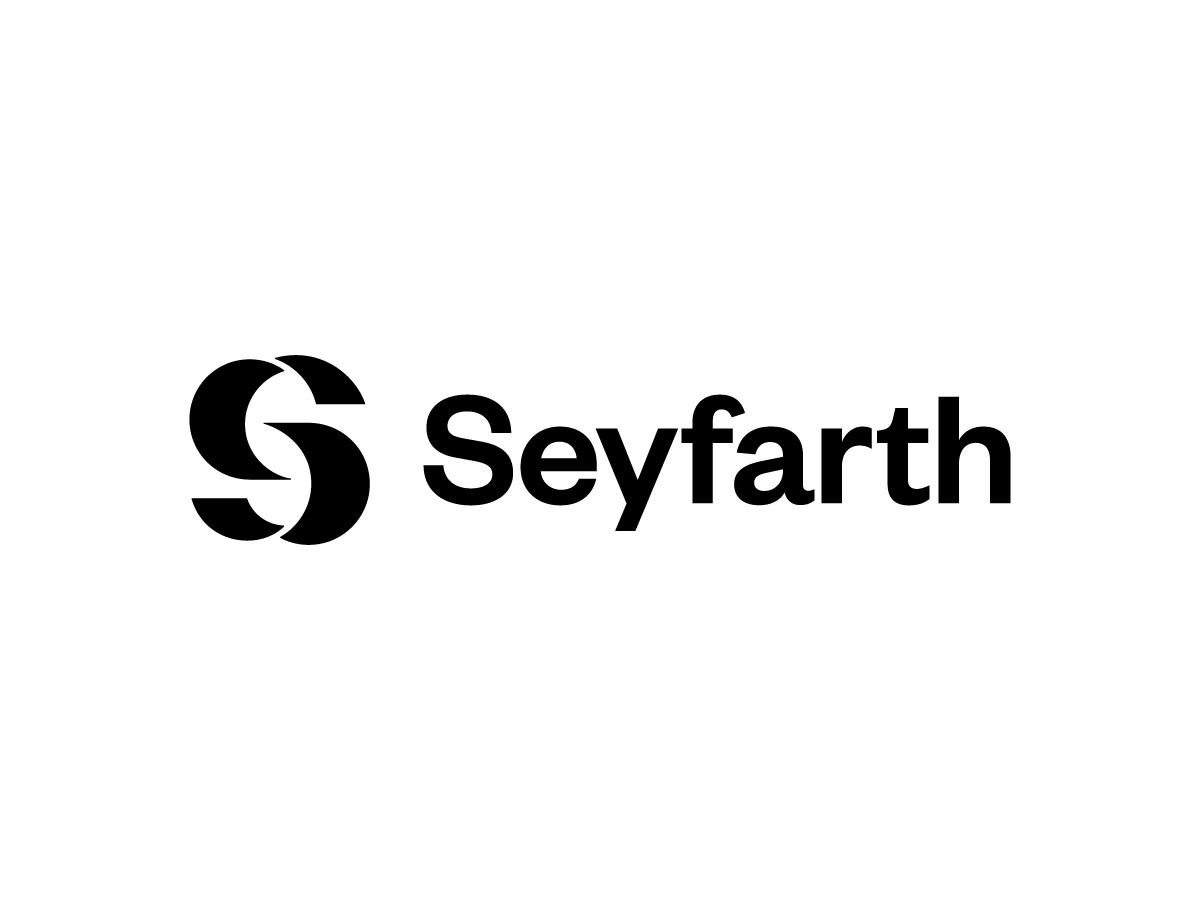EDVA Upholds USPTO’s Calculation of Patent Term Adjustment | Troutman Pepper
Under the patent laws, the term of a patent may be increased for delays by the U.S. Patent and Trademark Office (USPTO) during the application process. See 35 U.S.C. § 154(b)(1). Conversely, the USPTO can reduce a patent term adjustment to account for delays caused by the patent applicant. See 35 U.S.C. § 154(b)(2)(C). In particular, the length of a patent term adjustment can be reduced if the applicant fails to provide an application in “condition for examination” within eight months from the commencement of examination. See 37 C.F.R. § 1.704(c)(13).
An applicant can challenge the USPTO’s calculation of the proper patent term adjustment by filing a civil action in the EDVA. As a recent decision by EDVA Judge Patricia Giles shows, such a challenge faces a difficult path, as the applicant will bear the risk of any delay caused by a defect in the application, even if the USPTO delays in notifying the applicant of the error. H. Lundbeck A/S v. United States Patent and Trademark Office, Case No. 1:23-cv-1105 (PTG/WEF), 2024 U.S. Dist. LEXIS 128099 (E.D.Va. July 19, 2024).
Lundbeck involved the seemingly minor issue of the appearance of tables in a patent application. USPTO Rule 1.52 provides that the printing of a patent application must have sufficient clarity and contrast to permit reproduction of readily legible copies by use of digital imaging and optical character recognition. 35 C.F.R. § 1.52(a)(1)(v).
In Lundbeck, the headers of several tables in the specification of the patent application contained gray shading. Several months after commencement of examination, the USPTO issued a Formalities Letter stating that the shading violated Rule 1.52, and so the application was not in condition for examination. Lundbeck filed corrected papers removing the shading, but a little more than a year passed between commencement of examination and correction of the tables.
The dispute arose when the USPTO calculated the patent term adjustment. While it credited Lundbeck for several delays by the agency, the agency attributed the year-long delay in filing the corrected tables to Lundbeck. That delay canceled out all the delays by the agency, reducing Lundbeck’s patent term adjustment to zero.
Lundbeck’s appeal boiled down to who was responsible for the time it took to correct the shading error. Lundbeck argued that the time it took the USPTO to issue the Formalities Letter should be attributed to the agency. It pointed out that if the agency had issued the letter earlier, it could have corrected the problem within the eight months permitted by the regulations. Once it received notice of the problem, Lundbeck argued, it corrected the problem in a reasonable time.
The court rejected these arguments, holding that any delay in notifying Lundbeck of the error in its application was not a defense. Section 608.01(I) of the Manual for Patent Examining Procedure (MPEP) specifically pointed out the potential effect of gray on the legibility of text, putting Lundbeck on notice of the risk in using shading in its tables. Lundbeck argued that the MPEP was not binding, but the court found that was beside the point. The MPEP was relevant to notice, and Lundbeck conceded that it was a commonly used guide for patent applicants. Thus, Lundbeck bore all the risk of choosing to use gray shading in its application.
The court also noted that the USPTO was under no statutory deadline to issue the Formalities Letter within a specific time period, and so when the agency issues the letter is left to its discretion.
Finally, the standard for review of the USPTO’s decision is very deferential, requiring a showing that the decision is arbitrary, capricious, an abuse of discretion or otherwise not in accordance with the law under the Administrative Procedure Act. Lundbeck argued that, in other cases, the USPTO had not assigned the applicant any delay where it did not correct an error before receiving a Formalities Letter. The USPTO conceded that it had erred in other cases but pointed to several cases where it attributed delay to the applicant under similar circumstances. The court found that an agency’s prior erroneous action does not render its decision arbitrary or capricious. Likewise, the court found that the USPTO was not required to show that the shading in the tables rendered the text illegible upon reproduction. Rather, it was reasonable and not a clear error in judgment for the agency to determine that the gray shading could impact the legibility of the text.
The lesson from Lundberg is not simply that patent applicants should avoid the use of shading. Rather, the case highlights that the onus for any errors in an application that cause a delay in examination will fall on the applicant, no matter how minor those errors are.






